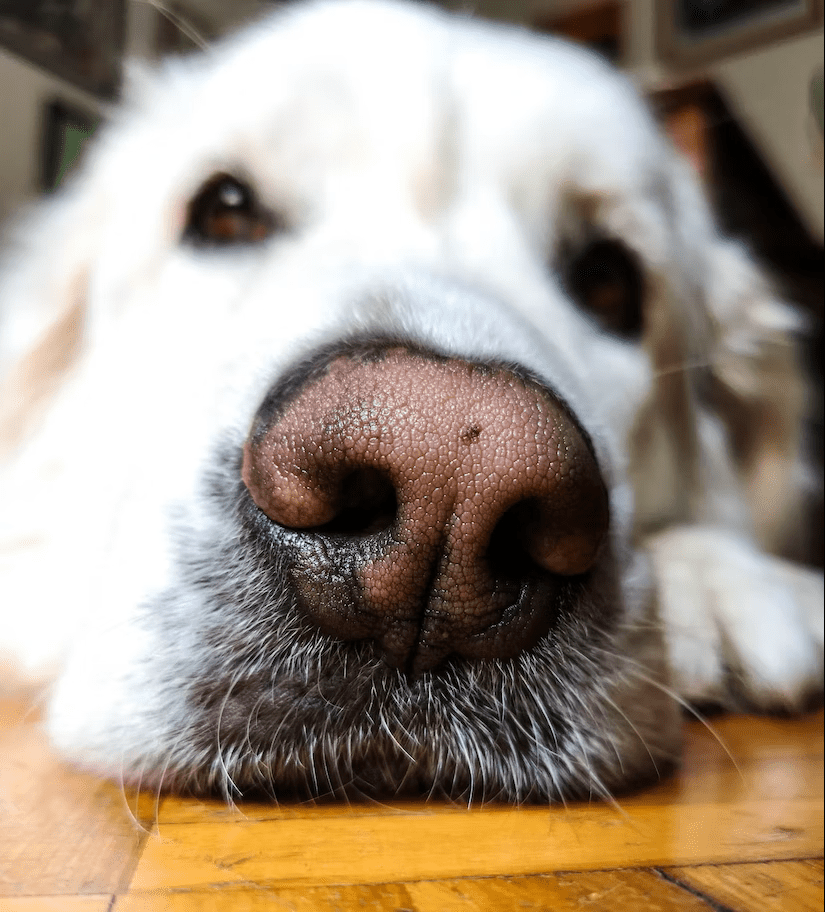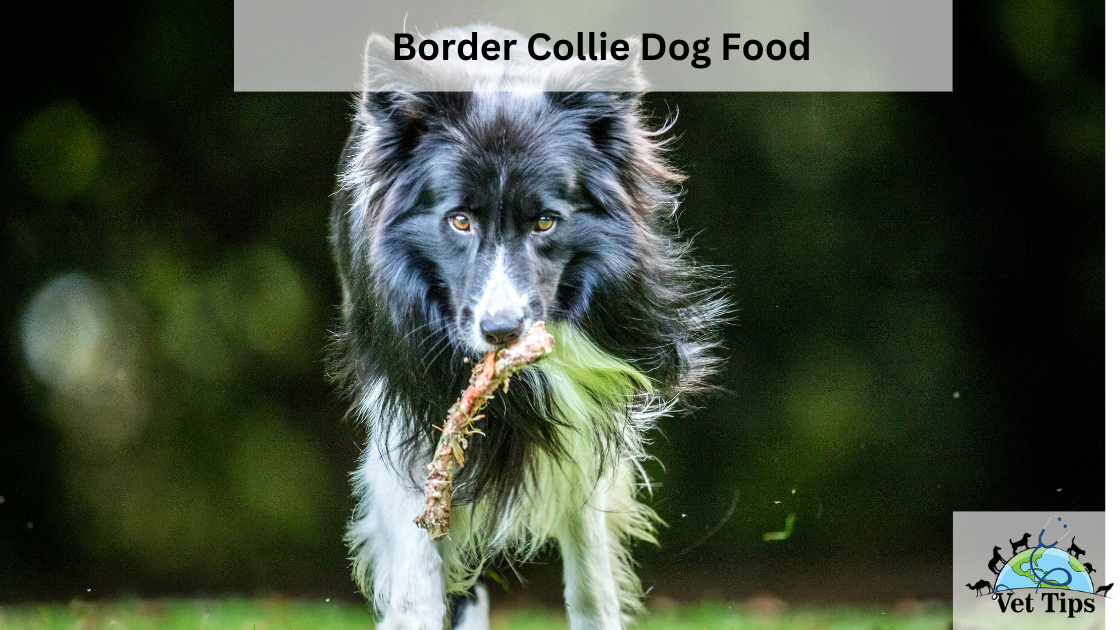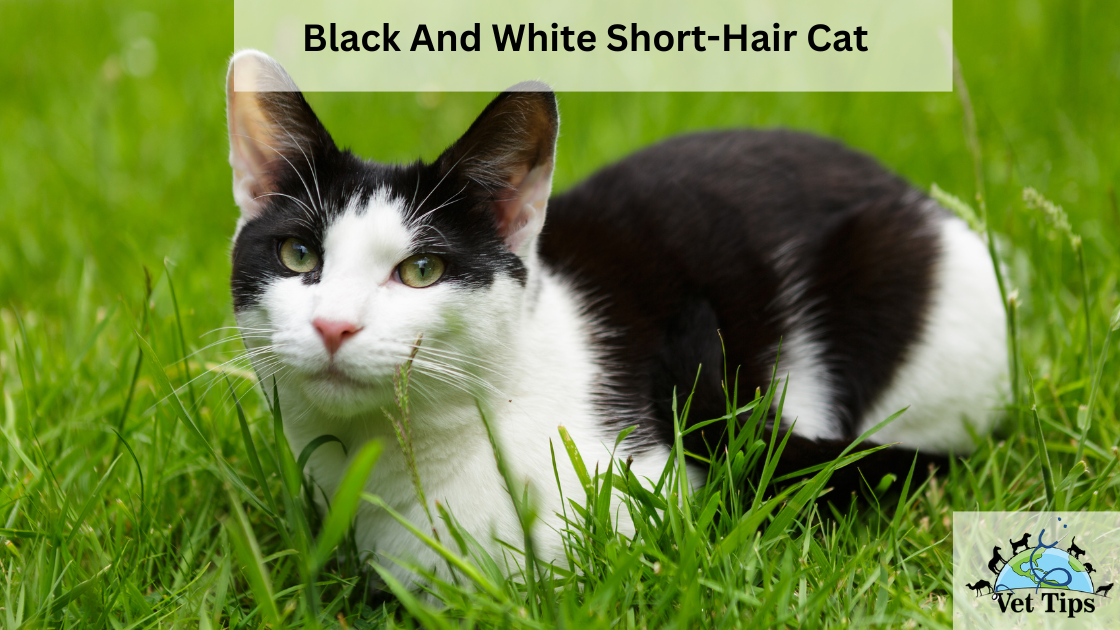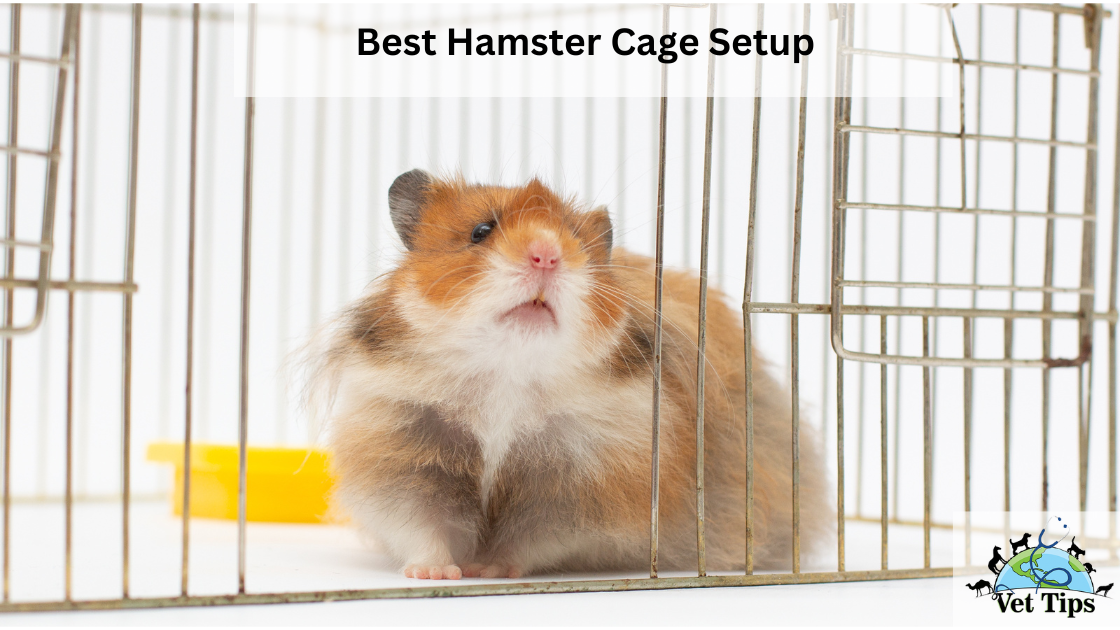As pet parents, we want to know more and more about pets. So, in this article, we will discuss all about the snout region in canines. In our post “The Ultimate Guide To SNOUT MEANING (Especially in Dogs)” we will discuss everything related to snout structure and its role in a dog’s morphology.
Actually, “Snout” is s phrase used to describe a mouth or muzzle of a dog. It is a unique characteristic that performs several essential duties for a wide variety of different species. In this post, we will discuss the significance of the snout’s meaning and its many functions across the animal kingdom.
Structure of Snout
First things first, let’s have a look at the structure of the nose. Many structures make up the snout, the most notable of which are the nostrils, the nasal cavity, and the surrounding tissues. The nostril is the exterior aperture that allows air to enter and exit the nasal cavity, and they are located on either side of the nose.
The olfactory epithelium is a type of specialized tissue that lines the inside of the nasal passage, which is part of the skull and is found in the nose. This issue is packed with millions of receptor cells, which allow animals to detect and distinguish between the many odors in their surroundings.
Size of Snout
The size and form of the animal’s nose can vary widely from species to species. These differences are frequently and directly tied to the animal’s environment and way of existence.
For instance, animals who spend their entire lives in water, like dolphins or alligators, possess streamlined snouts that assist in lowering the amount of resistance they experience when swimming, increasing their overall speed.
In contrast, animals that dig in the ground, like moles and anteaters, have lengthened snouts that enable them to burrow tunnels and seek food. Moles and anteaters are two examples of animals that dig in the Earth.
Significance of Snout Meaning
The significance of snout meaning is given below:
The ability to help with breathing is one of the nose’s most important roles. Several animals possess nostrils outfitted with unique muscles that can contract and expand. It allows the animal to control the air entering its lungs.
It is of utmost significance for the species that have evolved to survive in severe environments, such as deserts or high elevations, where the air is thin and dry.
The ability of animals to locate and recognize their food is made possible, in large part, by their snouts. As was said previously, the olfactory epithelium comprises millions of sensory cells that allow animals to identify various odors in their surrounding environment.
Animals with a strong ability to smell, like pups, pigs, or bears, have extremely sensitive snouts, allowing them to hunt down their prey or identify food sources.
Functions of Snout
Depending on the species, the nose serves various functions besides helping the animal breathe and locate food sources. These functions can include:
For instance, certain animals can grip and control items using their snouts. Elephants, for instance, would use their trunks to grab food or implements. Some animals utilize their snouts to protect themselves and attract mates.
For example, male deer use their antlers to battle over territory or to attract females. Other species similarly utilize their snouts.
The nose is also important for communication between different species of animals. For instance, dogs and some other carnivores use their muzzles to sniff and explore fellow dogs, revealing valuable information about the ages, sexes, health, and social position of the dogs being investigated.
Similarly, pigs communicate by digging in the ground and creating grunting sounds with their snouts to assert their authority over other pigs or attract potential mates.
Conclusion
The conclusion of the article “Snout Meaning” is that the nose is a highly specialized anatomical structure that serves an important purpose in the daily lives of various animal species. The animal’s environment and way of life can significantly impact its shape and size, but the services it serves do not change.
These functions include assisting with breathing, locating food, manipulating things, protecting yourself, attracting partners, and conversing with others. The nose is a tribute to the tremendous diversity and adaptation of life on Earth, and it continues to captivate and interest scientists and animal fans alike. It is a monument to the enormous range and life adaptation on Earth.
Tell us in the comments, how you like our article “The Ultimate Guide To SNOUT MEANING (Especially in Dogs).”
For similar posts like this, click here.
For the source file, click here.









One thought on “The Ultimate Guide To SNOUT MEANING (Especially in Dogs)”